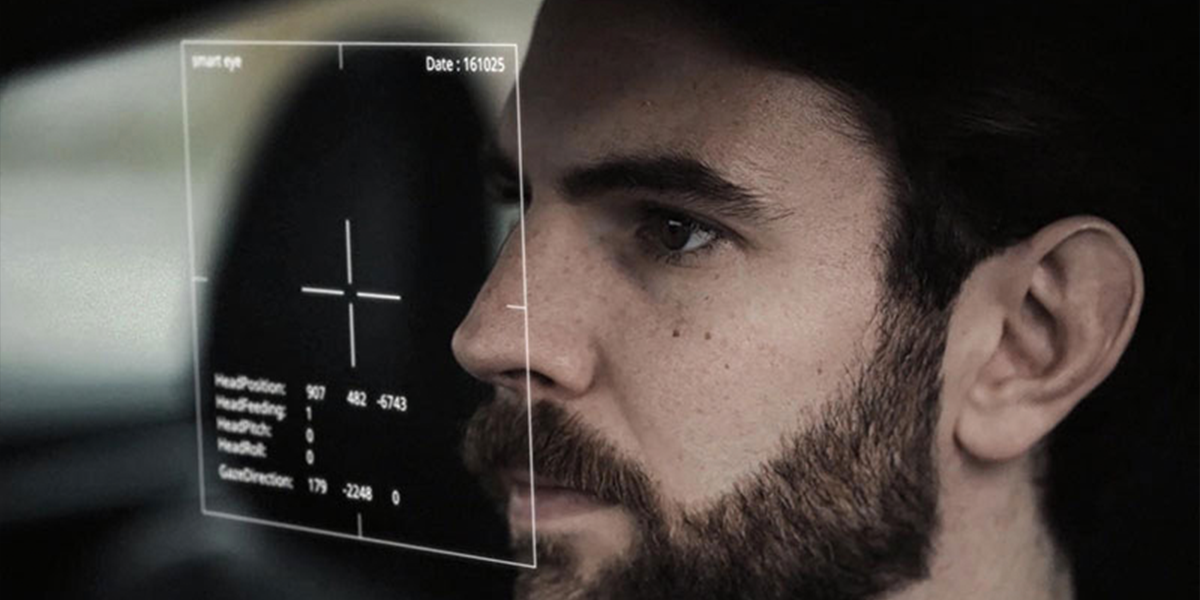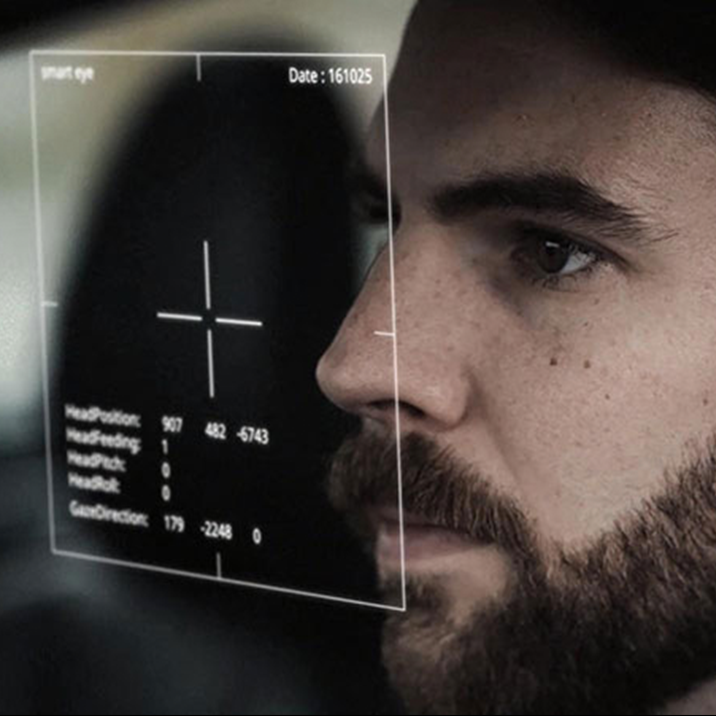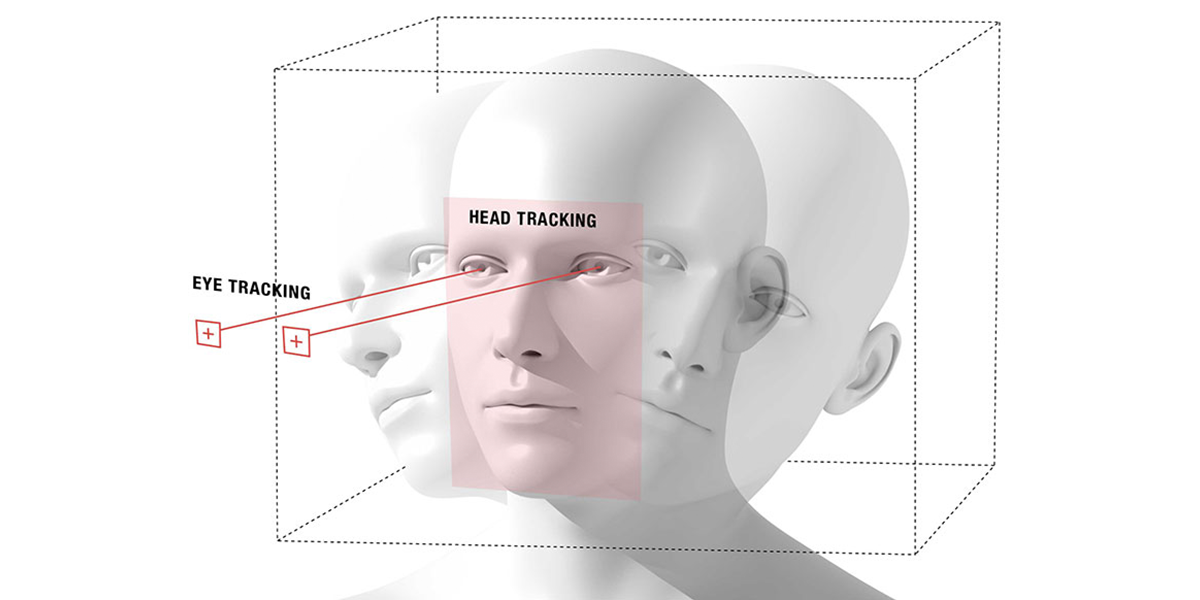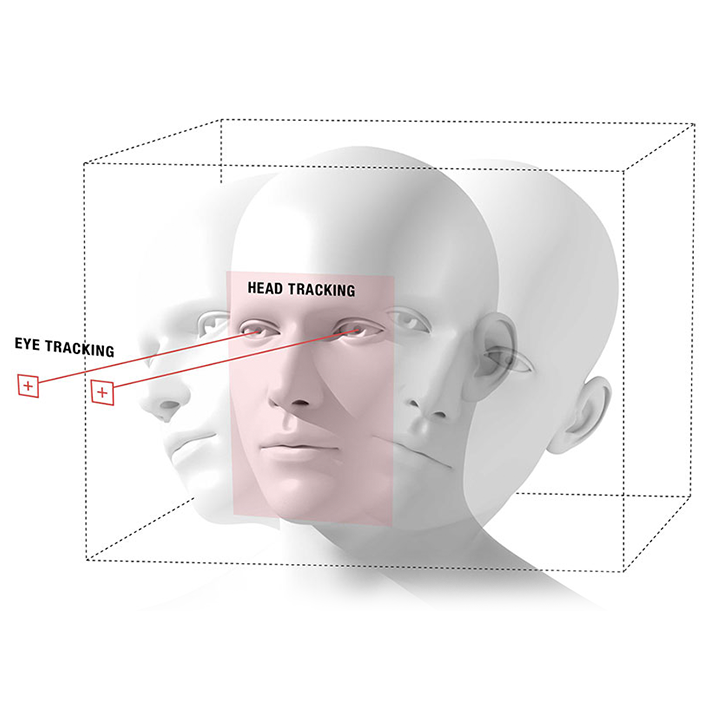



How New Tech Will Help You Keep Your Eyes on the Road
It’s a conundrum for automakers: trying to stay relevant to car buyers whose lives are increasingly centered on their smartphones and other mobile devices, but at the same time remaining mindful of a driver distraction problem that is already a factor in up to 30 % of road accidents in the EU, according to a 2015 report by the European Commission.
With the rapid pace of change in consumer electronics showing no sign of letting up, and the potential for semi-autonomous systems to create part-time drivers who’ll need to be called back to the wheel from a state of 100% distraction, the challenges in this field are only going to get bigger in the coming decade. So what are automakers and suppliers doing to solve the problems?
The state of the art
Glance around you during almost any journey and you’ll see a driver talking on a handheld mobile phone. This is the uncomfortable reality being faced by car makers, who are doing what they can to minimize the risks. An example of the state of the art is the 2018 Chevrolet Traverse, a midsize SUV that made its debut at this year’s North American International Auto Show (NAIAS).
“Unfortunately, it’s where we are as a society,” says the car’s chief vehicle engineer, Dean Perelli, of distracted driving. “As a team we work to give people the best option out there, to try to keep them safe by limiting that distraction. I would argue that most of the things we have on this vehicle – the active and passive safety systems, driver assistance functions, teen driver – aren’t distracting the occupants, they’re protecting them. We consider ourselves to be the safest automaker in the industry.
“Our goal is to make people pay attention to the road, safely driving the vehicle with their hands on the wheel. You don’t want to be pushing buttons or swiping the screen when you’re driving; all of that can be done with voice activation. We’ve tried to make all the functions that we put in as intuitive as possible. You can use Apple CarPlay or Android Auto, or the systems embedded in the infotainment system to connect your phone. You can make phone calls and send text messages, do all your work right from the driver’s seat without having to pick up the phone. At no point are you taking your eyes off the road or your hands off the wheel.”
At your service
With the imminent arrival of cars that connect to the home via the Internet of Things, voice controls are set to evolve further with the introduction of digital personal assistants. The week prior to NAIAS in Detroit, several automakers announced tie-ups with tech companies at the Consumer Electronics Show to incorporate their personal assistant software into future models. The Renault-Nissan Alliance and BMW have aligned with Microsoft Cortana, Ford with Amazon Alexa, and Hyundai and Daimler with Google Assistant.
For its part, Ford’s announcement said that, beginning this summer, drivers of vehicles with its SYNC 3 infotainment system “will be able to ask Alexa to read weather reports, play music, check news, add items to shopping lists and more”. It’s another example of how on the one hand, car makers are reducing distraction by providing tools to limit the use of handheld devices, in this case with a voice-activated interface that will be familiar to drivers from its use in the home. But on the other, the list of non-driving tasks that can be performed in the car – and therefore the list of potential distractions – increases…
Keep in touch
Elsewhere at CES, Honda addressed the issue of touchscreen controls, and their suitability or otherwise for vehicle cockpits. Thanks once again to smartphones and tablets, the touchscreen interface has quickly become the dominant way for consumers to interact with digital devices. It’s no surprise therefore that they’ve also migrated to vehicles, and infotainment displays controlled by a large touchscreen filled with app icons are replacing less intuitive systems guided by dials, buttons and menus.
Honda, however, isn’t convinced that large touchscreens that mimic mobile phone functionality are inherently suited to in-vehicle use. Its HMI Concept previewed how the cockpit of a future, semi-autonomous vehicle might look. A key feature is an absolute touchpad between the front seats to control the large, icon-filled display on the instrument panel. The display is mapped directly to the touchpad: the top-right corner of the display zone corresponds to the top-right corner touchpad zone, and so on. The driver’s finger moves across the touchpad to highlight the desired item on the screen, then pushes to select. Other gestures will be familiar to smartphone users – you swipe across the pad to change pages in a list, for example, or pinch-to-zoom.
“Traditionally, dashboard displays have been further away, for good peripheral detection, with some form of knob system to control it, but that’s not direct or familiar to users like a touchscreen,” notes Ross Miller, senior engineer for infotainment development at Honda R&D Americas based in Raymond, Ohio. “Unfortunately you have to move the touchscreen closer to the driver for them to be able to reach it. That invariably also puts it lower in the driver’s field of vision. When you’re
looking down instead of at a screen further away [and higher up], your peripheral detection is not as good. The benefit of the absolute touchpad is that you can take the advantage of a touchscreen, but put it in a remote position, closer to the road so that there’s a nicer field of view, and you can use your periphery.”
The screen could incorporate navigation and driver assistance functions, as well as infotainment apps from a mobile device such as Pandora, split across two ‘zones’, with easy switching between the two.
“We want to try to take the best of what’s familiar, but also do what’s best for the driving environment,” adds Miller. “We feel like this blends some of each to give that best experience. You can even reorder the screen as you want, just as you would on your phone, to have your favorites in particular positions. We’ve tested the system in a driving simulator and it’s been proven to reduce driver distraction, but also to be enjoyable to use.”
Are you sitting (too) comfortably?
Automotive suppliers are also working on ways to reduce distraction that look beyond infotainment controls.
“Complex powered seats can give you 32 ways to make yourself uncomfortable,” says Nick Petouhoff, executive director of engineering at newly independent seating specialist Adient (formerly Johnson Controls), which demonstrated its Vision Seat concept at NAIAS. Vision helps to maintain good posture by combining the recline motion, lumbar prominence and height, and cushion length adjustment into one motion.
“By keeping constant pressure on the seat back, you’re not creating high-pressure points or voids that would cause fatigue or discomfort,” Petouhoff explains. “But as well as creating better comfort, we make eight adjustments with one handle, so it’s much more simplistic. The real estate on the steering wheel is cluttered with controls for audio and other things; door panels are getting more crowded and even then you have to look down. Searching for buttons on the seat side, or adjusting it through an HMI built into the center stack, is something to distract the occupant. With Vision, if you have a twinge in your back, you change position to relieve it, set it and forget it.”
Adient also showed AI17, a proposed Level 3/4, Mercedes-Benz S-Class-sized autonomous cockpit concept in Detroit, in which the front seats can be angled inward during autonomous driving. The question of how drivers will be summoned from the ultimate state of distraction – that of not having to drive at all – is one that the industry still has to solve.
Sources
“People fall asleep driving today. If they don’t think they’re driving the car, they’re certainly going to fall asleep in an autonomous vehicle,” observes Tim Van Goethem, vice president of the Connected Car division of Harman International, which was a key supplier to the Rinspeed Oasis autonomous car-share concept vehicle shown at CES. “You don’t wake up from a nap in a digital fashion. There’s a lot of human-factors work still to happen to ensure that the driver’s alert and ready to take back control of the car. I think there will be a lot of exploration over the next year or more to make sure that we’ve done that properly.


“I think we’ll experiment with a bunch of things: sound, light, a vibrating seat – just like we’ve found lots of ways of waking up in the morning,” he continues. “But we all sleep through our alarms, all the time. It’s going to be an interesting problem for Harman and the rest of the industry to try to figure out, and there will be a lot of innovation. If we can’t solve it then maybe skipping Level 3 [autonomy] and going straight to Level 4 is what the industry will decide to do.”

在微信中搜索faceui
或保存二维码在微信中打开